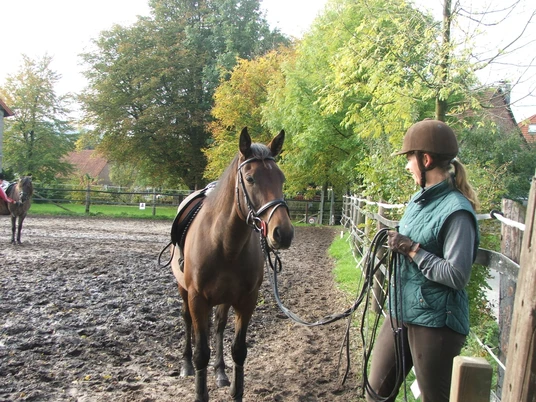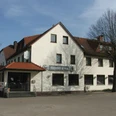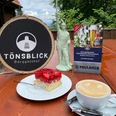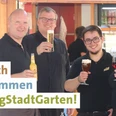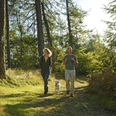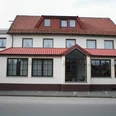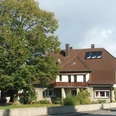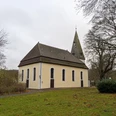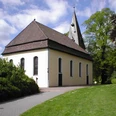The records from 1262 show that Marienfeld Monastery acquired two farmsteads in Hörste in addition to the extensive parsonage in Stapelage, thus appearing as a landlord for the first time. The two farms are Willebrand (later Hillbrink, then Schlepper) and Johanning (later Hanning, then Brokmann). Both farms had to pay rent and tithes to Marienfeld Monastery until the secularization of the monastery (confiscation of church property by the state) in 1803.
In the middle of the 13th century, the settlement of Hörste thus consisted of at least the two farms Geers (Gees, Havergo) and De Weeke (later Weeke), which belonged to the farming community of Währentrup, as well as the two Kötterstellen Willebrand and Johanning. Kötter have only existed in the north-western and central regions of Germany since the late Middle Ages. They were initially settlers with small holdings (Kötterland) and few rights.
Gradually, however, they came to own significant property. You can still see today that their cottages (houses) are separate from the farmland. Depending on the size of the property, a distinction was made between Großkötter, Mittelkötter and Kleinkötter. In addition to the Kötter, there were also the so-called Hoppenplöcker (hop pickers). Both were obliged to render services to the lord of the manor or lord of the manor. The personal services included carrying letters, flax work, helping with the hay and harvest, meadow work, mowing, binding grain, working in the hop garden and mucking out stables.Good to know
Payment methods
Entrance Free
Directions & Parking facilities
Nearby

